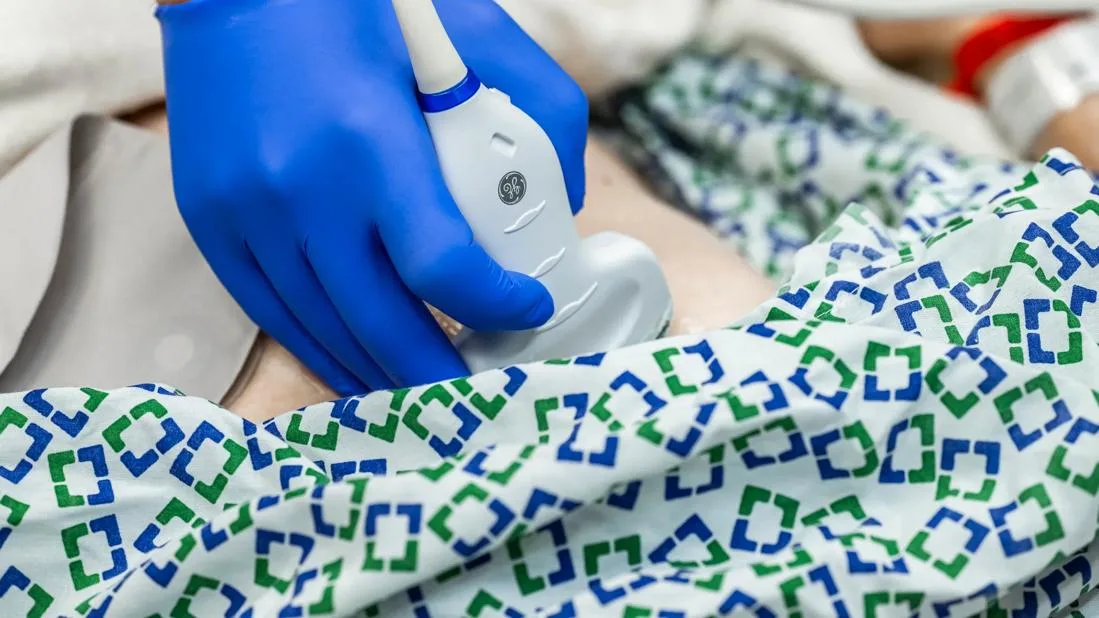RFA’s Impact on Biliary Drainage: A Promising Development
Recent research indicates that radiofrequency ablation (RFA) could significantly improve patient outcomes and enhance biliary drainage when combined with conventional stent placement. This innovative approach offers a potential advancement in managing biliary obstructions.
Understanding Radiofrequency Ablation (RFA)
Radiofrequency ablation is a minimally invasive procedure that uses heat to destroy abnormal tissue. In the context of biliary obstructions, RFA can help to clear blockages and improve bile flow.
How RFA Works
- A specialized probe is inserted into the bile duct.
- Radiofrequency energy is delivered to the targeted tissue.
- The heat destroys the obstruction, allowing for better drainage.
The Synergy of RFA and Stent Placement
Combining RFA with stent placement appears to offer a more comprehensive solution for biliary obstructions. Stents help to keep the bile duct open after RFA has cleared the blockage.
Benefits of Combined Approach
- Improved biliary drainage.
- Enhanced clinical outcomes for patients.
- Potential reduction in the need for repeat procedures.
Potential Clinical Applications
This combined approach could be particularly beneficial in cases where standard stent placement alone is insufficient. RFA can address complex obstructions that may not be effectively managed by stents alone.
Conditions that may benefit:
- Biliary strictures
- Cholangiocarcinoma
- Pancreatic cancer with biliary obstruction
Further Research and Considerations
While these findings are promising, further research is needed to fully understand the long-term benefits and potential risks of combining RFA with stent placement. Clinical trials and real-world data will be crucial in establishing best practices.
Final Overview
The integration of RFA with standard stent placement represents a notable advancement in the treatment of biliary obstructions. This combined approach has the potential to improve patient outcomes and enhance the effectiveness of biliary drainage. As research continues, this innovative technique may become a standard of care for managing complex biliary conditions.




+ There are no comments
Add yours